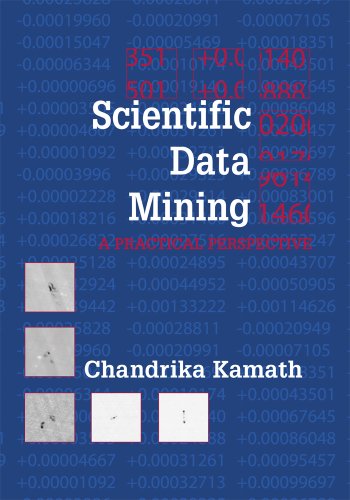

Most ebook files are in PDF format, so you can easily read them using various software such as Foxit Reader or directly on the Google Chrome browser.
Some ebook files are released by publishers in other formats such as .awz, .mobi, .epub, .fb2, etc. You may need to install specific software to read these formats on mobile/PC, such as Calibre.
Please read the tutorial at this link: https://ebookbell.com/faq
We offer FREE conversion to the popular formats you request; however, this may take some time. Therefore, right after payment, please email us, and we will try to provide the service as quickly as possible.
For some exceptional file formats or broken links (if any), please refrain from opening any disputes. Instead, email us first, and we will try to assist within a maximum of 6 hours.
EbookBell Team

5.0
38 reviewsStarting with a survey of analysis problems in different applications, this book identifies the common themes across these domains and uses them to define an end-to-end process of scientific data mining. This multi-step process includes tasks such as processing the raw image or mesh data to identify objects of interest;extracting relevant features describing the objects; detecting patterns among the objects; and displaying the patterns for validation by the scientists.
A majority of the book describes how techniques from disciplines such as image and video processing, statistics, machine learning, pattern recognition, and mathematical optimization can be used for the tasks in each step. It also includes a description of software systems developed for scientific data mining; general guidelines for getting started on the analysis of massive, complex data sets; and an extensive bibliography.
Audience: This book is intended for data mining practitioners and scientists interested in applying data mining techniques to their data sets. It is also appropriate for advanced undergraduate and graduate-level courses on data analysis offered in mathematics, computer science, and statistics departments.
Contents: Preface; Chapter 1: Introduction; Chapter 2: Data Mining in Science and Engineering; Chapter 3: Common Themes in Mining Scientific Data; Chapter 4: The Scientific Data Mining Process; Chapter 5: Reducing the Size of the Data; Chapter 6: Fusing Different Data Modalities; Chapter 7: Enhancing Image Data; Chapter 8: Finding Objects in the Data; Chapter 9: Extracting Features Describing the Objects; Chapter 10: Reducing the Dimension of the Data; Chapter 11: Finding Patterns in the Data; Chapter 12: Visualizing the Data and Validating the Results; Chapter 13: Scientific Data Mining Systems; Chapter 14: Lessons Learned, Challenges, and Opportunities; Bibliography; Index